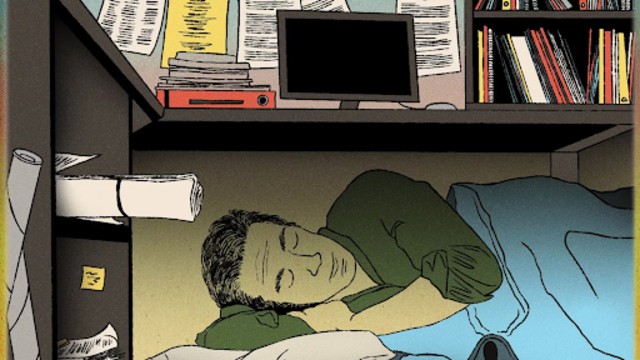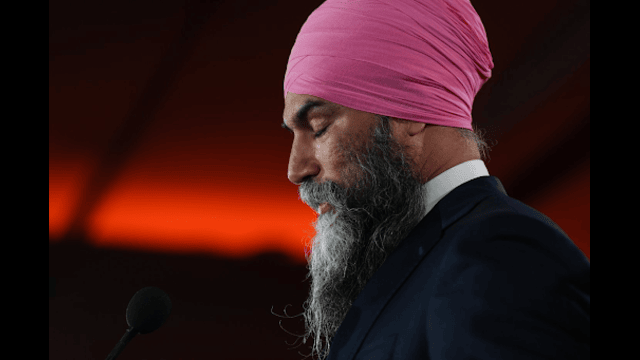
AP Photo
Many workers in the U.S. secretly take naps during the day—whether in their cars, at rented nap pods, or even in their home offices. While short rest breaks are widely accepted in countries like Spain, Italy, China, and Japan, napping in the U.S. is often seen as laziness. Still, a growing number of professionals swear by the benefits of midday sleep.
Research shows that short naps can improve memory, focus, and productivity. Sleep experts believe rest is just as important as a healthy diet and exercise. However, modern habits, particularly screen time from phones and computers, often interfere with quality sleep.
Marvin Stockwell, founder of a PR firm, takes short naps several times a week. He believes they boost his creativity and energy far more than forcing himself to power through fatigue. Similarly, University of Southern California lecturer Julianna Kirschner fits in naps whenever possible. As a social media researcher, she understands how constant digital stimulation can affect sleep and recognizes the need for rest.
How to Nap Effectively
Experts recommend keeping naps between 15 and 30 minutes to avoid grogginess. Sleep scientist Michael Chee explains that a short nap works as a "relief valve" for fatigue and provides cognitive benefits. However, napping too late in the day—after 6 p.m.—can disrupt nighttime sleep.
A review of nap studies suggests that 30 minutes is the optimal duration. Researcher Ruth Leong warns that naps longer than two hours can negatively impact nighttime rest. Sleep expert James Rowley also advises setting an alarm to ensure naps stay brief and effective.
Even a six-minute nap can improve learning and refresh the brain, says Valentin Dragoi, a neuroscientist studying sleep’s impact on cognitive function.
Workplace Naps: Uncommon but Gaining Acceptance
Although napping at work is rare in the U.S., some companies recognize its benefits. AI startup Exa has installed nap pods in its office, allowing employees to take short rest breaks. Ice cream company Ben & Jerry’s has had a nap room at its headquarters for years, believing that well-rested workers are more productive.
Arianna Huffington, who collapsed from exhaustion in 2007, became a strong advocate for workplace naps. She introduced nap rooms at her companies, arguing that short rests are better than relying on caffeine or sugar to get through the day.
Marketing manager Kirsten Perez used to nap in her car during lunch breaks. Now, working from home, she takes 15-minute naps in bed whenever she feels her energy or focus declining.
Creating Spaces for Rest
While some professions accept naps, such as night-shift nursing, many workers still struggle to find time or space to rest. Some companies, like Nap York, offer rentable sleeping pods for professionals needing a quick recharge.
Founder Neil Wong, inspired by his mother’s struggles as a nurse, designed Nap York for workers with demanding schedules. His customers include security guards, delivery drivers, and doctors.















